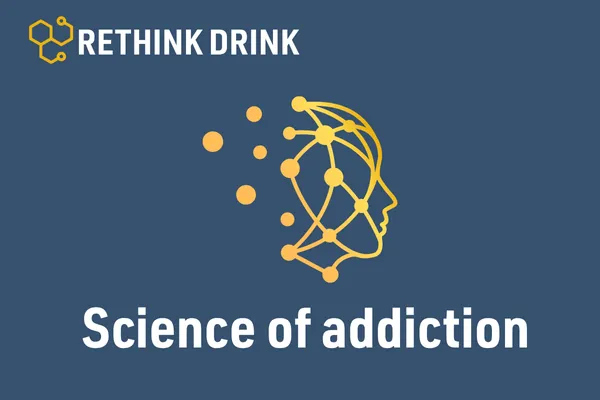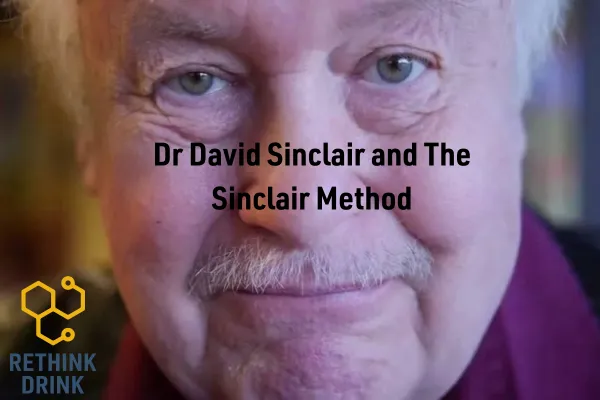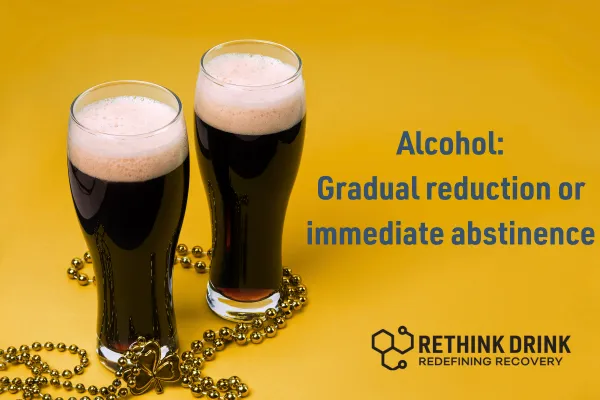Sinclair Method Studies
This article examines the scientific foundation behind TSM, drawing on nearly three decades of peer‑reviewed trials, neuroimaging research, and systematic reviews.

The Sinclair Method (TSM) is gaining traction as a science-backed way to change our relationship with alcohol. But a common and completely valid question we get is: how long does it take for The Sinclair Method to work?

Alcohol has long been used to numb, to celebrate, and to escape—the story quickly turns from one of choice to compulsion. Traditional recovery methods often push for immediate abstinence, yet many find this approach unsustainable.

Claudia Christian, best known for her acting roles in Babylon 5 and 9‑1‑1, is also the founder and CEO of the C Three Foundation. She is a passionate proponent of The Sinclair Method as a science-based medication-assisted approach to alcohol use disorder

For many, the word “detox” brings up images of cold-turkey abstinence, withdrawal symptoms, and white-knuckled willpower. But what if we told you that there’s a method that flips this idea on its head?

Naltrexone is a prescription-only medication approved to help treat alcohol dependence in Ireland. It works by blocking the brain’s opioid receptors, reducing the sense of pleasure from alcohol. This dampens the reward cycle and gradually lessens alcohol cravings.

Endorphins are naturally occurring chemicals in the brain that help us manage pain and boost pleasure. Often called the body’s “natural opioids”, they are released during activities like exercise, laughing, eating, and social bonding. When endorphins flood the brain, we feel good — relaxed, happy, or even euphoric.
